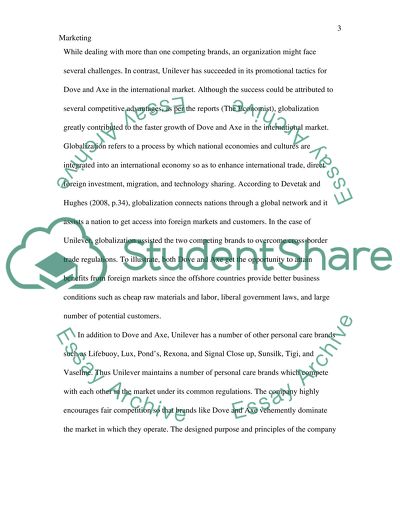Cite this document
(“Two Major Competing Brands under the Same Parent Corporation Essay”, n.d.)
Retrieved from https://studentshare.org/marketing/1422484-two-major-competing-brands-under-the-same-parent-corporation
Retrieved from https://studentshare.org/marketing/1422484-two-major-competing-brands-under-the-same-parent-corporation
(Two Major Competing Brands under the Same Parent Corporation Essay)
https://studentshare.org/marketing/1422484-two-major-competing-brands-under-the-same-parent-corporation.
https://studentshare.org/marketing/1422484-two-major-competing-brands-under-the-same-parent-corporation.
“Two Major Competing Brands under the Same Parent Corporation Essay”, n.d. https://studentshare.org/marketing/1422484-two-major-competing-brands-under-the-same-parent-corporation.


